Catherine Truman Guides Us Through the Art of a Historic Renovation
February 20, 2023
A Boston Architect shares her insights on renovating a historic home.
Text by Maria LaPiana
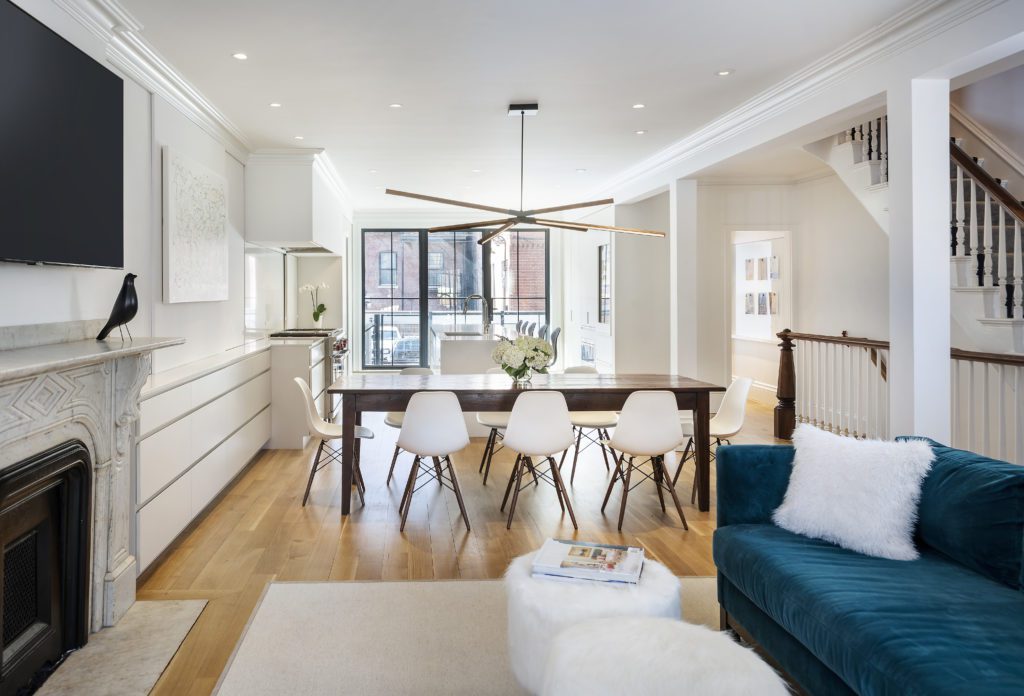
Historic homes have an intrinsic appeal to New Englanders who are inherently drawn to their charm and architectural detailing.
Catherine Truman of Catherine Truman Architects offers expert advice on ensuring that a historic home project is both appropriately renovated and rewarding.
“Every historic home renovation presents a unique set of challenges, but that’s what makes it exciting,” notes Truman. She walks us through ways to solve each problem in a manner that balances the home’s architectural history with current homeowners’ needs.
Blending Contemporary Design with Historic Architecture

“How do I blend the best modern amenities with historic features?” That’s the question on the minds of many of Truman‘s clients.
The allure of historic New England homes lies in those beloved historical details. But those homes often come with antiquated features. Or they’ve been the victim of previous remodeling projects that replaced charming woodwork or built-in features with trendy materials that quickly became outdated.
To achieve the best of both worlds, Truman suggests weaving together the old and the new. And there’s no one-size-fits-all solution. Consider adding period-appropriate paneling or molding alongside cutting-edge appliances and modern, wide-open spaces. Additionally, it’s possible to mesh the two worlds through creative architecture and the right design details. Putting a contemporary chair and lighting fixture in a historic space creates a custom, sophisticated look.
Rethink your Home’s Floor Plan
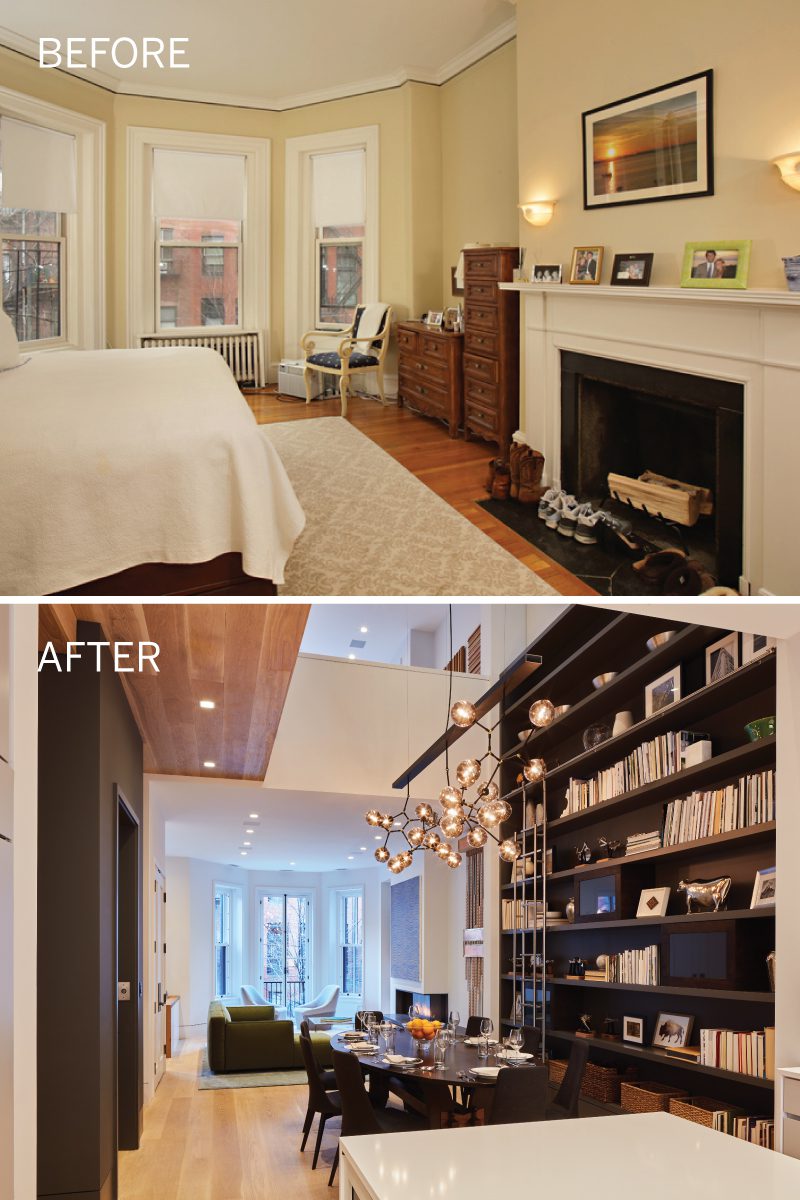
“You don’t need to adhere to room layouts just because it has always been that way,” advises Truman.
This is where Truman has the most fun with projects, and she hopes that clients also embrace the inspiration phase as a critical part of the entire process.
What’s most important is to imagine a space for what it can be versus a repeat of how it was previously utilized. Kitchens in older homes, for instance, were originally intended for staff and are often small and tucked away in the back. Break free of the existing floor plan and create a kitchen, dining, or living room to fit your lifestyle. In these cases, Truman sketches out ideas with clients that include everything from tearing down walls to moving staircases to add additional square footage when possible.
Classic townhouses found in neighborhoods such as Boston’s Back Bay, Beacon Hill, or South End, are often redesigned with new floor plans that involve moving the kitchen from the lower floor up to the first or second floor or moving it from a back-facing room to a front room. This lets in an abundance of natural light and combines dining areas and living spaces for integrated, modern living.
Selecting the Right Building Materials Matter
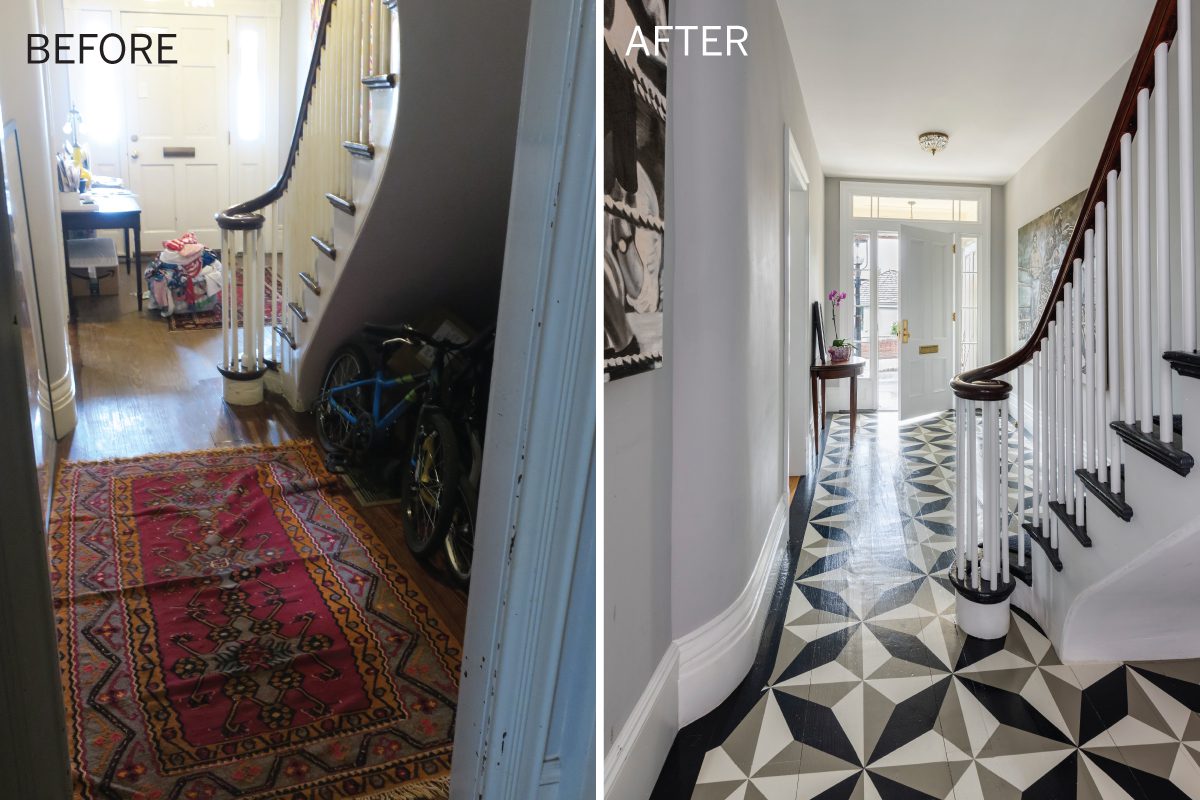
While finishes, hardware, and materials are a crucial component of any construction project, they are critical to the success of a historic renovation. “Not all materials are created equal, and you need an understanding of how the components of a building will age and patinate in parallel,” states Truman. For example, factory-applied finishes on cabinetry or flooring feel very different than those applied on-site, and unlacquered brass fixtures will change over time and feel different to the touch than their coated counterparts. A seasoned architect will help you understand the nuances of the materials and guide you through making the proper selections.
Small Architectural Changes Can Make a Dramatic Difference
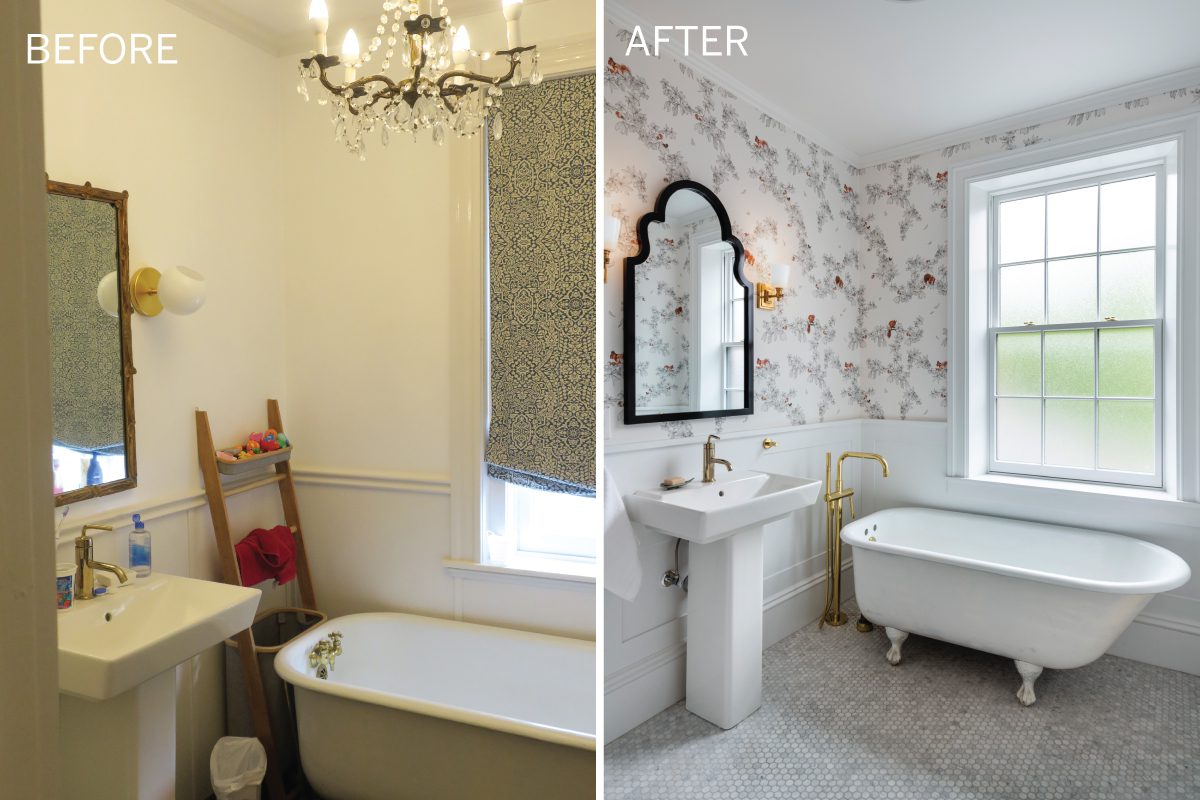
You don’t always need a gut renovation to achieve a striking before and after. Smaller renovations like updates to the wall color, flooring, or lighting fixtures can transform a dark, antiquated space into one that’s nearly unrecognizable after the final reveal.
How do you determine if you need to go big or small with your renovation project? Truman works closely with clients to understand the goals for each room. For projects like a bathroom or bedroom remodel, she’ll assess what can stay and what needs to be redesigned.
“If a homeowner is happy with the layout and size, then we can focus on updating smaller details for big improvements,” she explains. In a recent renovation project, the bones for a perfect guest bathroom were already in place. A fresh, stylish look was achieved with imaginative wallpaper, paneling, new marble floor tiles, and neutral design accessories.
What’s most important when turning a lackluster before into a dazzling after? “Embrace the parts of the historic home that shine, but make it function in a more modern way,” says Truman.
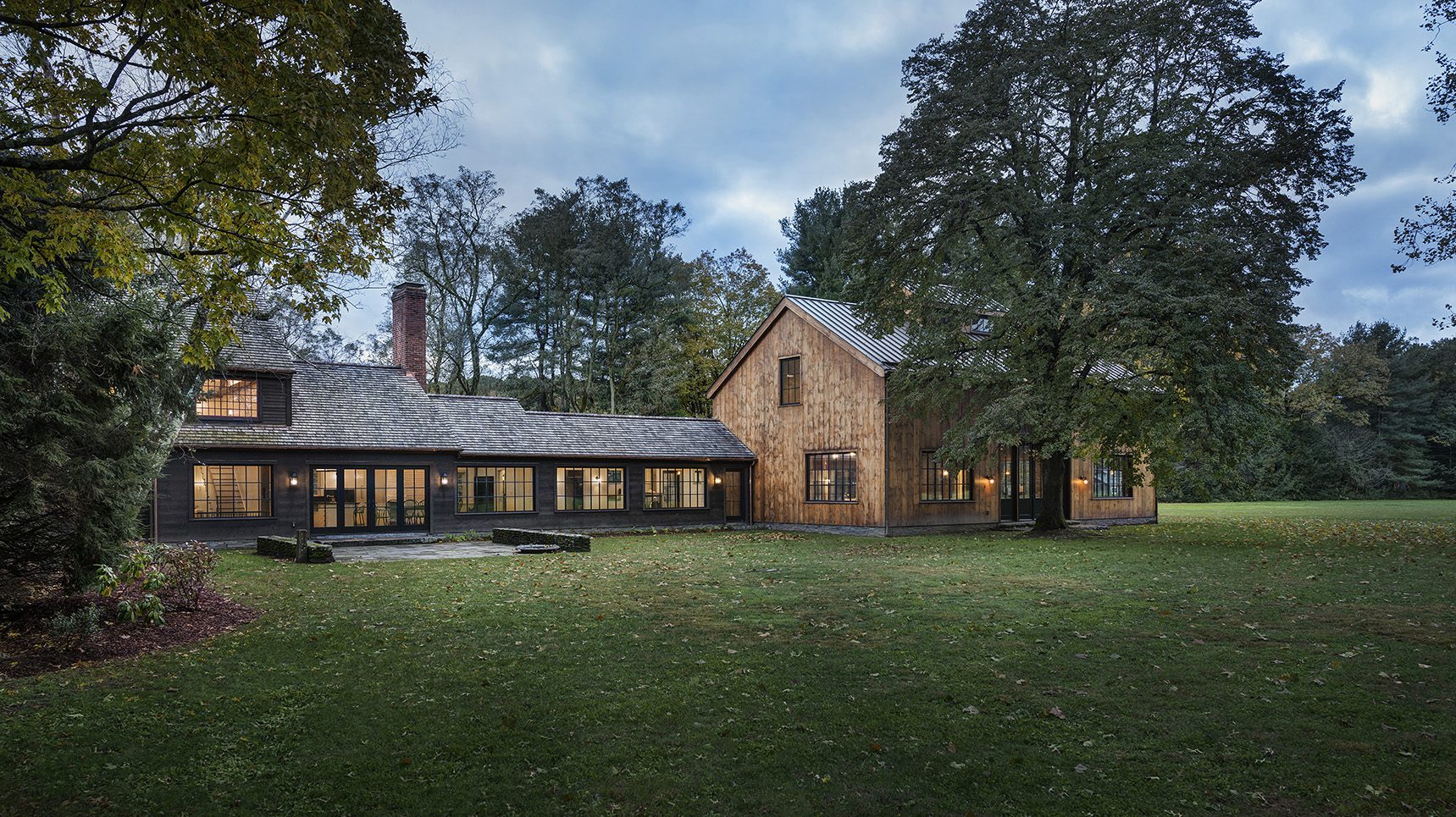
Catherine Truman Architects, Cambridge, Massachusetts, catherinetrumanarchitects.com
Share
![NEH-Logo_Black[1] NEH-Logo_Black[1]](https://b2915716.smushcdn.com/2915716/wp-content/uploads/2022/08/NEH-Logo_Black1-300x162.jpg?lossy=1&strip=1&webp=1)









You must be logged in to post a comment.